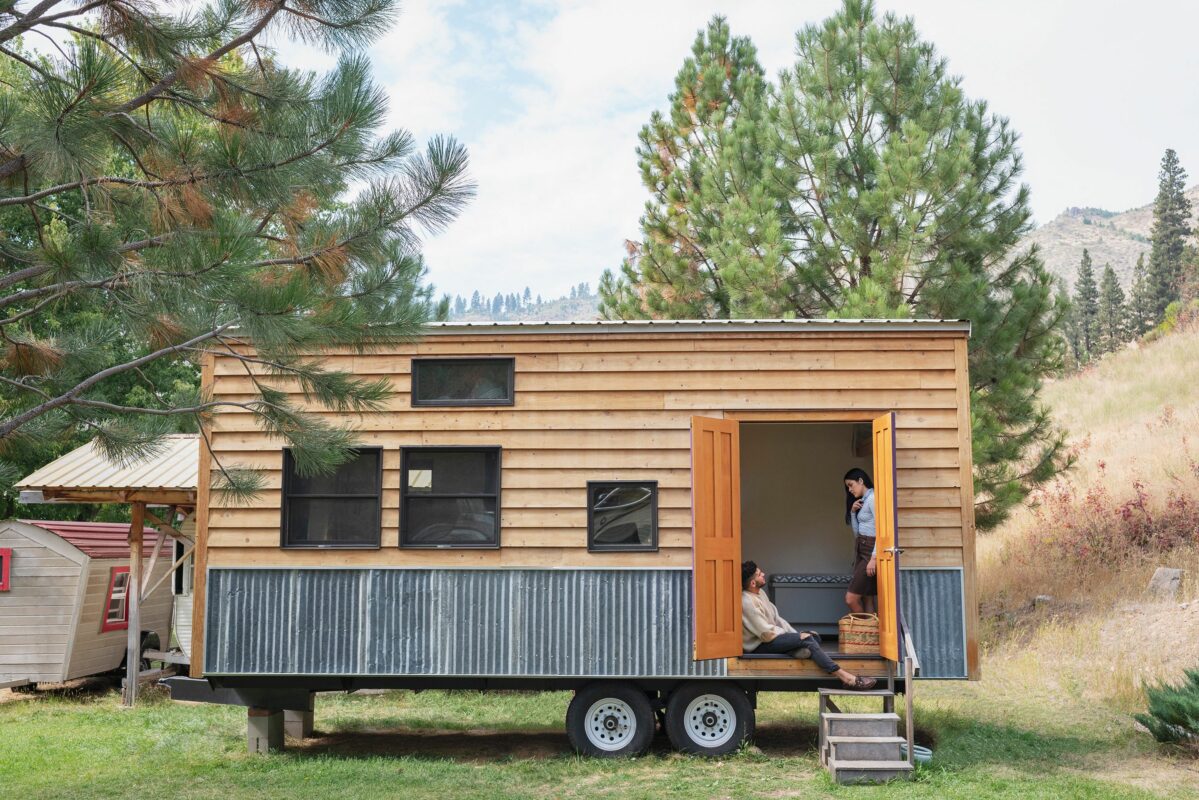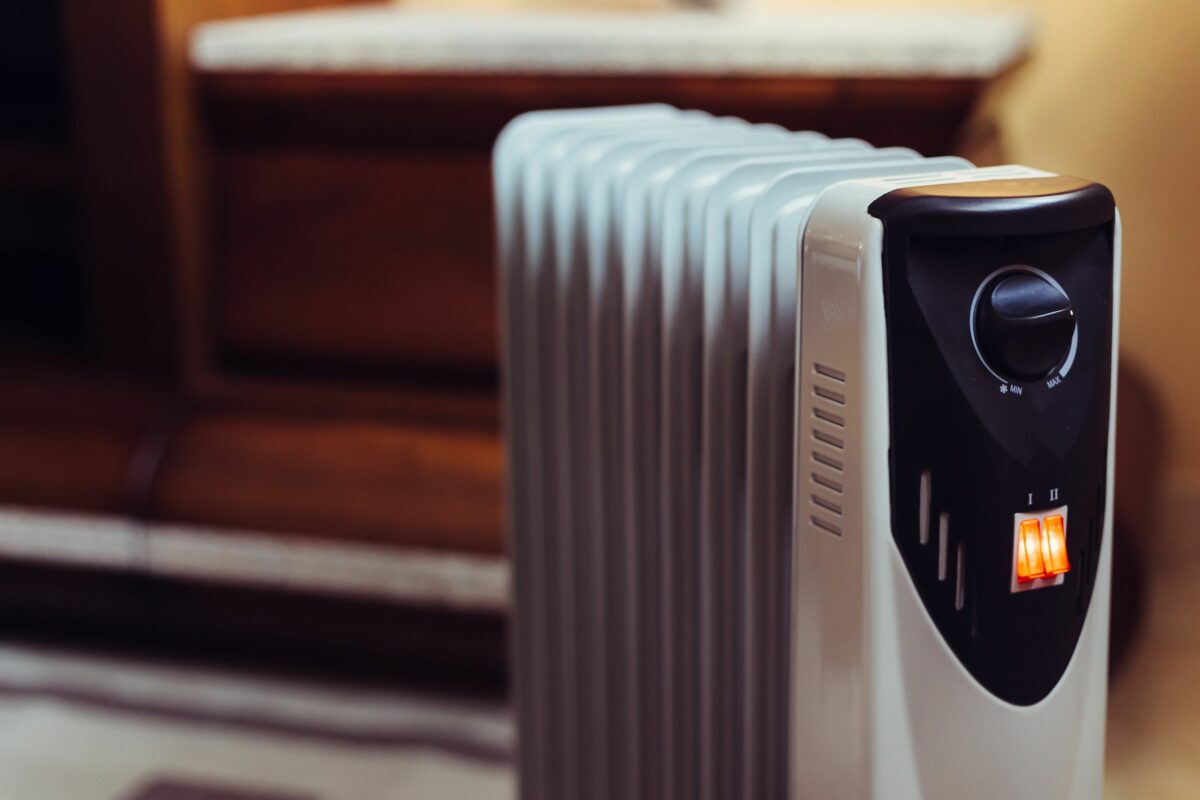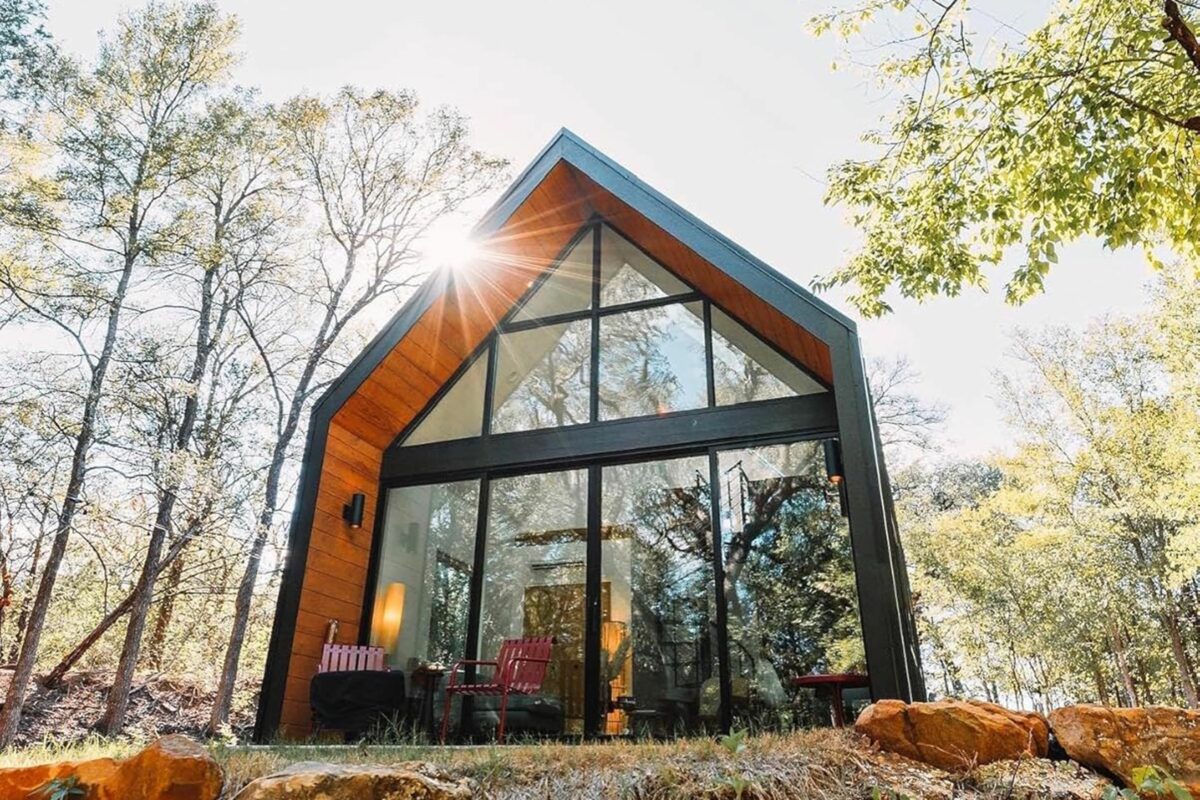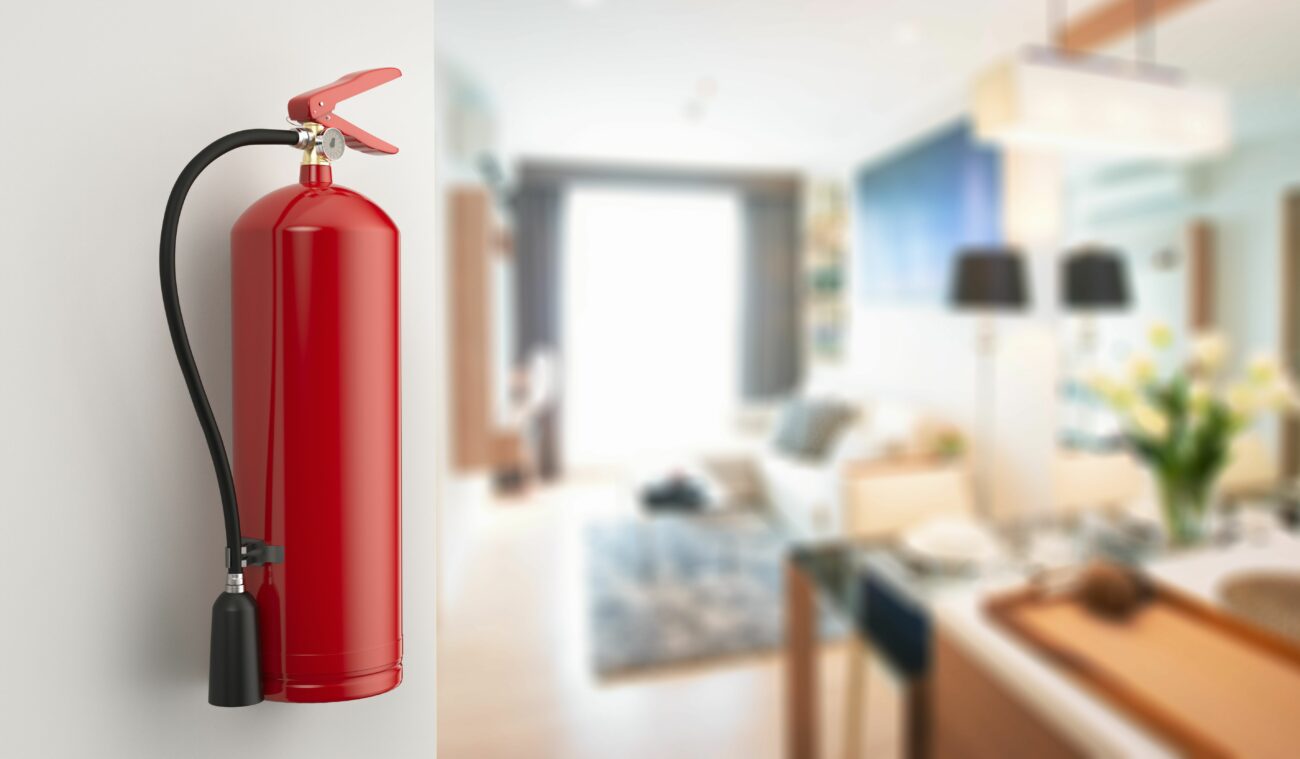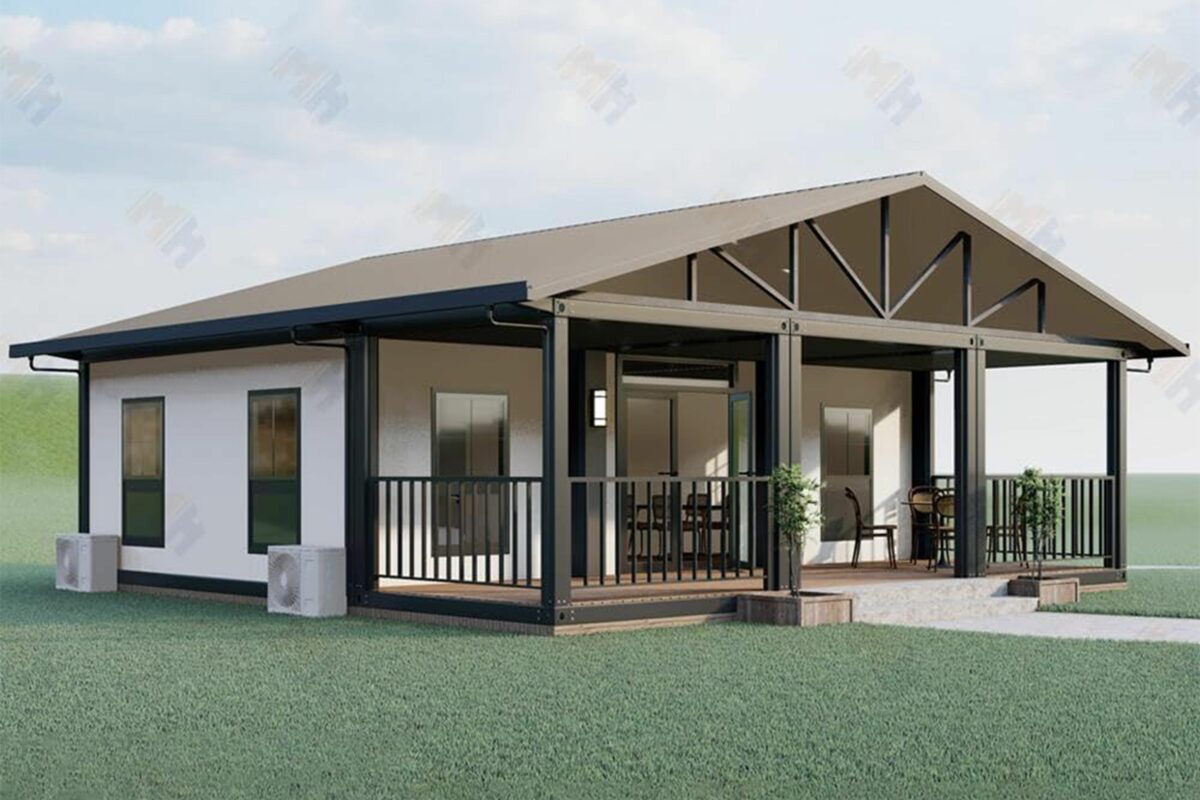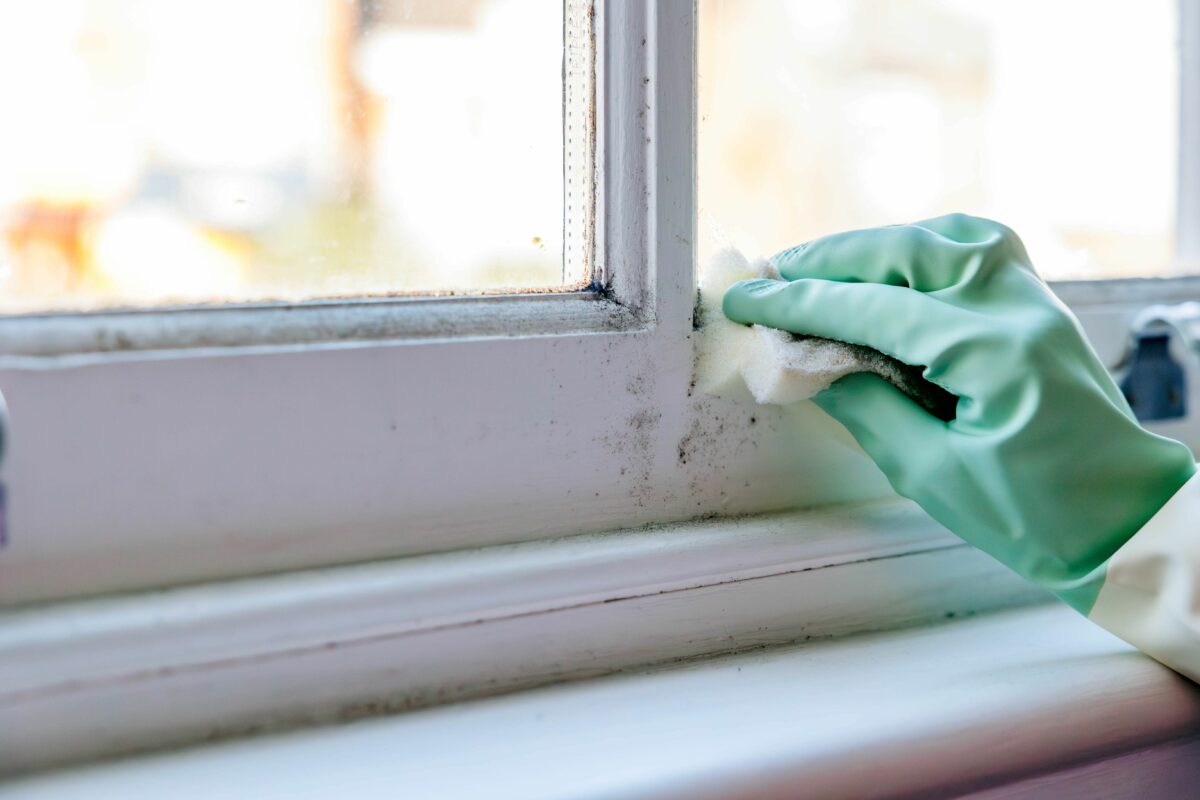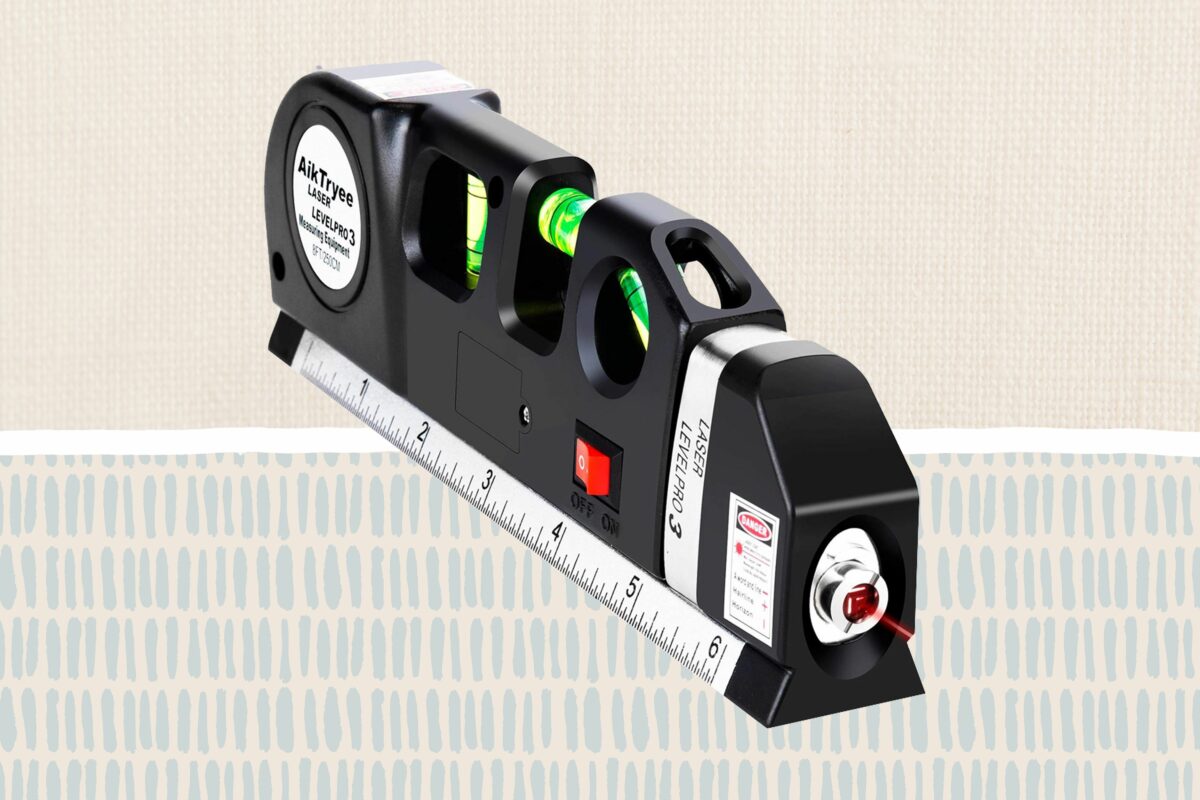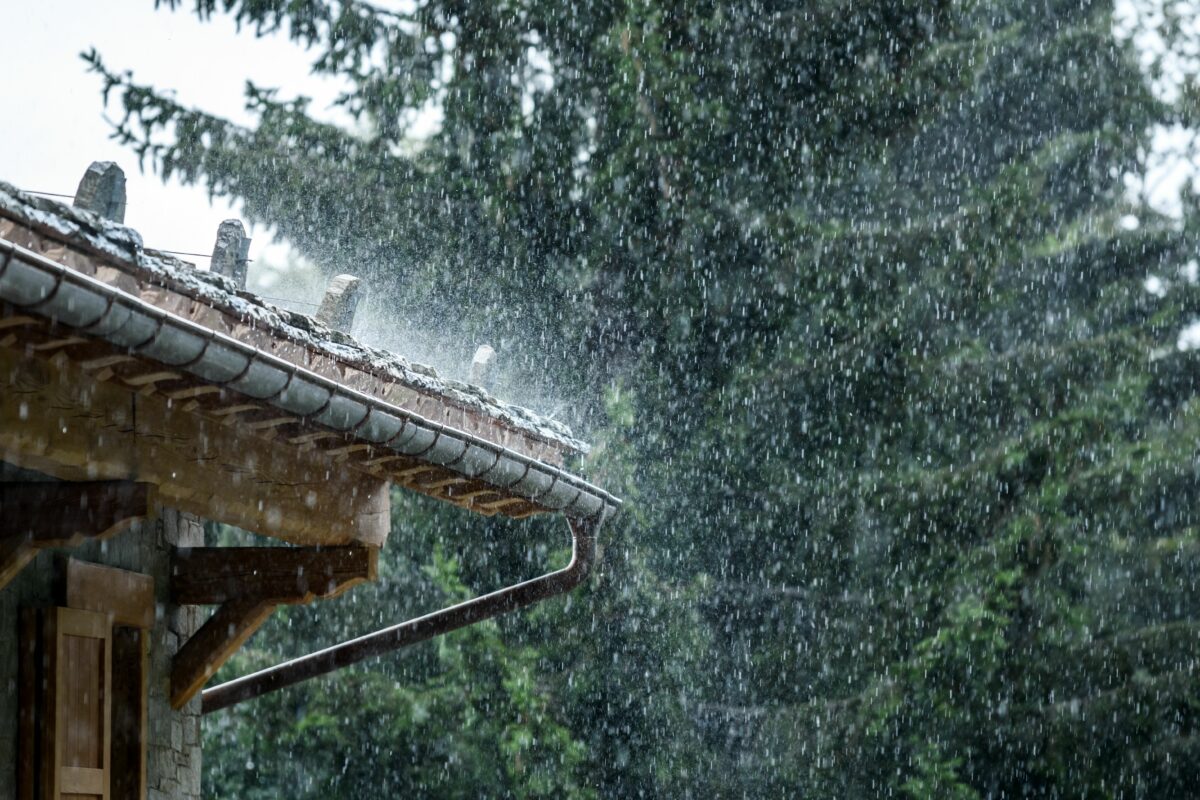If you’re unfamiliar with home construction, you might not know much about crawl spaces. While they are a common type of foundation found in homes across the country, there is understandably some confusion about what crawl spaces are—mainly how they differ from basements. Here, we explain what crawl spaces are, along with the benefits and maintenance considerations they entail, so you can decide if a home with a crawl space is right for you.
Difference Between Crawl Space and Basement
A crawl space is a small, unfinished space beneath the first floor of a home. Unlike a basement, where you can stand upright, a crawl space only has enough space to—well, you guessed it—crawl. Because of sloping topography and variation in home design, a crawl space can sometimes have enough room to stand upright, but they’re usually no more than 3 feet high.
Purpose of a Crawl Space
There are many reasons that a home’s architect may have opted for a crawl space over alternative foundation styles like slabs and basements. Common purposes and functions of crawl spaces include:
- Flood protection. By raising the house off the ground a few feet, a crawl space offers significant protection from flood waters.
- Utility access: A crawl space creates an access point for all sorts of utilities, such as plumbing, electrical wires, and HVAC ducts. Not only does this make maintenance easier, but it also saves valuable square footage in the walls and attic space.
- Energy efficiency: When sealed and insulated, a crawl space improves the energy efficiency of the home by creating a barrier between it and the ground.
Types of Crawl Spaces
There are different types of crawl spaces, each with its own set of advantages that make it ideal for certain environments.
Actively Vented
An actively vented crawl space utilizes a combination of vents and fans to circulate air throughout the space. This keeps moisture to a minimum, preventing mold growth and improving the air quality. Some crawl spaces are designed as actively vented, while many people add a fan later to remedy moisture issues.
When shopping for a home, look for newly installed crawl space vents alongside existing or recently removed moisture issues. This can be a sign of further moisture issues down the road.
Passively Vented
Passively vented crawl spaces are like actively vented crawl spaces without the fans. They rely on natural airflow through the vents to improve the air quality and prevent mold growth. While passively vented crawl spaces can be an effective solution in a moderate environment, they struggle in hot, humid environments and areas prone to flooding.
Encapsulated
An encapsulated crawl space, sometimes called a conditioned crawl space, is exactly what it sounds like. It’s sealed off from the outside, making it ideal for areas with high temperatures and humidity. Typically, an encapsulated crawl space is sealed with thick layers of plastic sheeting along the floors and walls. These sheets are overlapped and taped to create a total seal. This air- and water-tight seal prevents moisture from entering, which thwarts mold growth and improves air quality.
Benefits and Drawbacks of Crawl Spaces
While several benefits are associated with crawl spaces, you should be aware of a few potential problems. Here are some of the advantages and disadvantages associated with crawl spaces:
Benefits
- Easier utility access than slab foundations
- Some storage space
- Potential energy efficiency increase
- Flood protection
- Less costly to build than full basements
Drawbacks
Maintenance Considerations
A well-designed crawl space requires little maintenance. However, regular maintenance, which varies depending on your climate and the type of crawl space, ensures your crawl space and home stay healthy and structurally sound.
- Address moisture issues. Leaving moisture issues like standing water and excessive humidity in a crawl space can do serious damage to the health and safety of your home.
- Inspect and repair ventilation. What good are vents and fans if they aren’t doing their job? Regularly inspect your crawl space ventilation to ensure the vents are open and free of blockage and that the fans are operating properly.
- Kill mold and mildew. Even if you improve the ventilation and remove excess humidity from your crawl space, established mold and mildew must be eradicated.
- Consider encapsulation. If neither passive nor active ventilation is enough to keep your crawl space’s environment dry and healthy, it may be time to consider encapsulation. While this can be a pricey option, it protects your home’s long-term value.
- Inspect and maintain encapsulation. If you have an encapsulated crawl space, you should enter it regularly to inspect and maintain it. This increases the odds of catching a broken seal or ripped plastic before it becomes a larger issue.
- Install a dehumidifier. If you’re still battling moisture issues, a crawl space dehumidifier may be the key to creating a dry crawl space environment.
- Install a sump pump. If you have an issue with standing water in your crawl space, it will likely benefit from the installation of a sump pump at the lowest point. It automatically pumps water out of the crawl space.





